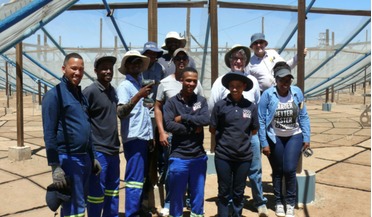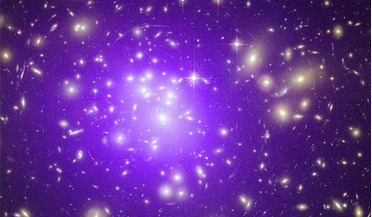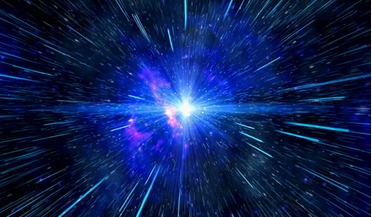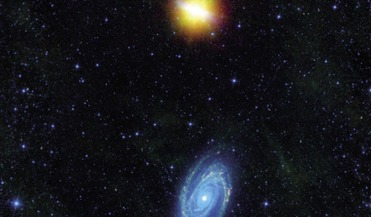 22 September 2021
Telescope built by Karoo locals releases data to astronomers around the world
22 September 2021
Telescope built by Karoo locals releases data to astronomers around the world
... producing world-leading limits”. A second paper further elaborates on the implications of those upper limits for models of early universe star and galaxy formation. Nearly six years after construction began, the array stands at a total of 332...
 15 March 2016
Are our ideas of Dark Matter wrong?
15 March 2016
Are our ideas of Dark Matter wrong?
... as protons and neutrons like normal baryonic matter. It is thought that WIMPs were created in the very early Universe, when the universe was at very high temperature, and the number density of WIMPs was roughly equal to the number...
 01 February 2017
Researchers find substantial observational evidence for a holographic Universe
01 February 2017
Researchers find substantial observational evidence for a holographic Universe
... leftover radiation of the Big Bang and studies of this phenomena offer a unique window into the very early Universe and Planck scale physics, I.e. Physics on the tiniest of scales (a Planck length is 1.61×10−35 metres!). How the CMB got...
 04 August 2017
Most accurate measurement of Universe's dark matter revealed by DES survey
04 August 2017
Most accurate measurement of Universe's dark matter revealed by DES survey
... first place. Luckily, data from the Planck satellite has already given scientists a snapshot of how the early Universe looked by studying the leftover radiation from the big bang; the cosmic microwave background (C. But since...
 March 2021
Messier 82’s starburst magnetic highway
March 2021
Messier 82’s starburst magnetic highway
... field strength and structure in galaxies Since the starburst phenomenon was most likely more common in the early universe when close encounters among galaxies occurred frequently, detailed study of Messier 82 – as the nearest starburst galaxy - can...
 30 August 2017
Star formation history of the Universe revealed
30 August 2017
Star formation history of the Universe revealed
... in our understanding of how the inflow of material is regulated around the most intense starburst galaxies in the early Universe. It shows what can be achieved when scientists from a variety of disciplines come together to exploit the capabilities...